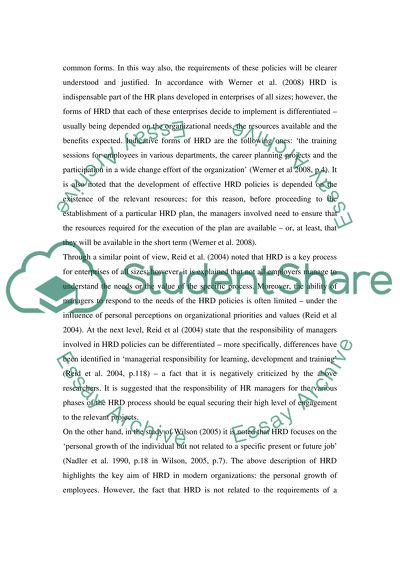Cite this document
(“Assessing HRD need is important in developing strategic HRD process Essay”, n.d.)
Retrieved from https://studentshare.org/environmental-studies/1407785-tassessing-hrd-need-is-important-in-developing
Retrieved from https://studentshare.org/environmental-studies/1407785-tassessing-hrd-need-is-important-in-developing
(Assessing HRD Need Is Important in Developing Strategic HRD Process Essay)
https://studentshare.org/environmental-studies/1407785-tassessing-hrd-need-is-important-in-developing.
https://studentshare.org/environmental-studies/1407785-tassessing-hrd-need-is-important-in-developing.
“Assessing HRD Need Is Important in Developing Strategic HRD Process Essay”, n.d. https://studentshare.org/environmental-studies/1407785-tassessing-hrd-need-is-important-in-developing.


